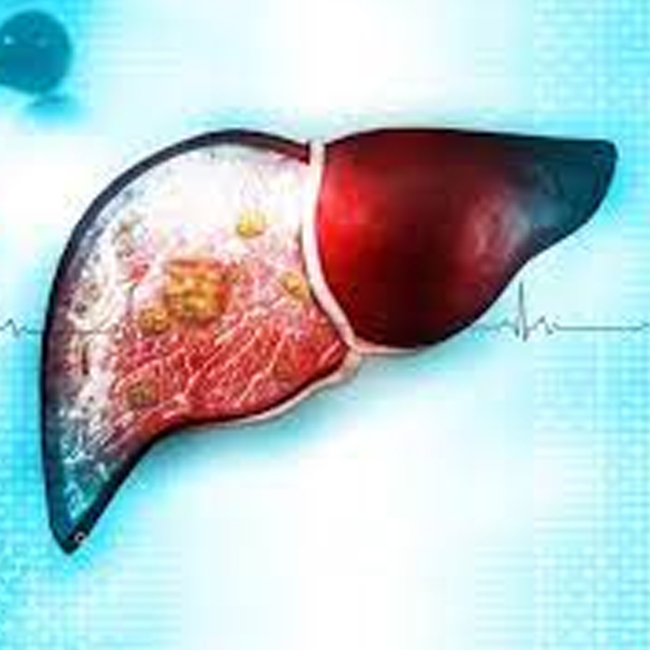Liver cancer, as can be understood from the name, is a type of cancer that begins in the liver cells. Hepatocellular carcinoma, the most common type of liver cancer, develops in the cells of the liver known as Hepatocytes. Primary liver cancer is caused due to prevalence of hepatitis caused by virus causing chronic hepatitis. Primary liver cancer is commonly caused by chronic infection with diseases like hepatitis B & C, alcohol abuse, cirrhosis, and a hereditary disease known as hemochromatosis, which is connected with the liver’s high iron content. According to statistics, more than half of those with liver cancer also have cirrhosis. Most of the patient can be incidentally detected to have liver disease, i.e. they don’t have any symptoms. Others can have vague symptoms like fever, fatigue, chills, and night sweats. Patients with advanced disease can have symptoms like pain and swelling of abdomen, weight loss, jaundice, itching, swelling of the feet, and loss of appetite.

Following are the four major types:
We are available 7 days a week and have specific clinic hours with all doctors on staff. Outside of normal clinic hours you can receive an on call Doctor or Nurse at your nearby hospital if needed.